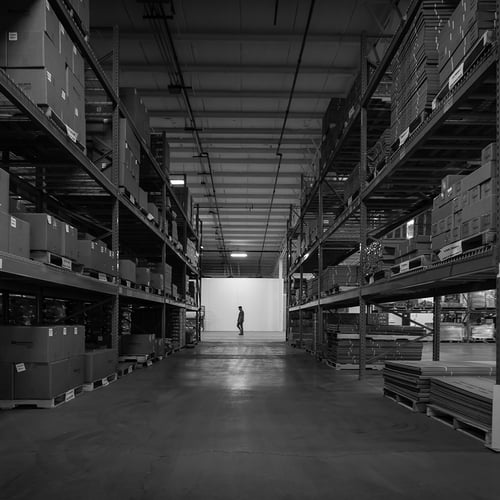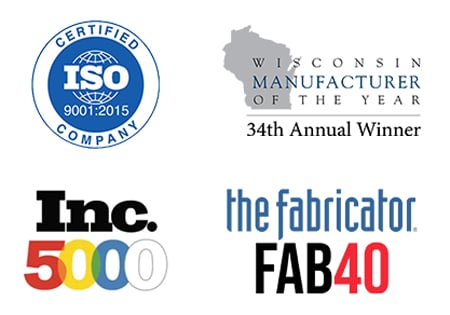Customers are looking for complete solutions from reliable manufacturers that can grow and adapt to their needs. Dane Manufacturing offers end-to-end metal solutions providing expertise across a wide range of industries. Throughout our company, we place an emphasis on continued growth, technological advancement and employee development. As a result, we keep getting better.
Utilizing refined processes and cutting-edge technology, our customers have come to value our innovative solutions, personalized service and exceptional product, combined with an operational excellence that results in 98% on-time delivery.

Our customers count on us to self-perform everything associated with their production including cutting, bending, welding, painting, assembly, packaging, and fulfillment of their products. Our end-to-end services minimize the potential for supply-chain disruptions and layering of costs, all while increasing the accountability for quality. We offer a wide variety of services and capabilities including:

Performance is part of our DNA. In fact, it’s been part of Dane Manufacturing for over 100 years. Our commitment to state-of-the-art equipment, streamlined operations and a robust quality system backed by ISO 9001:2015 results in the best metal solutions around and 98% on-time delivery that our customers depend on.
But at Dane, it is about more than metal.

Our employees are a huge part of what makes Dane Manufacturing a premier metal solutions provider. Whether it's serving our customers with integrity, intense attention to detail to get every part right, or solving complex challenges, our employees are committed to excellence. Sound interesting?
Careers at Dane
Learn more about our company and capabilities and stay up to date with the latest news.
© Copyright 2024 Dane Manufacturing - All Rights Reserved